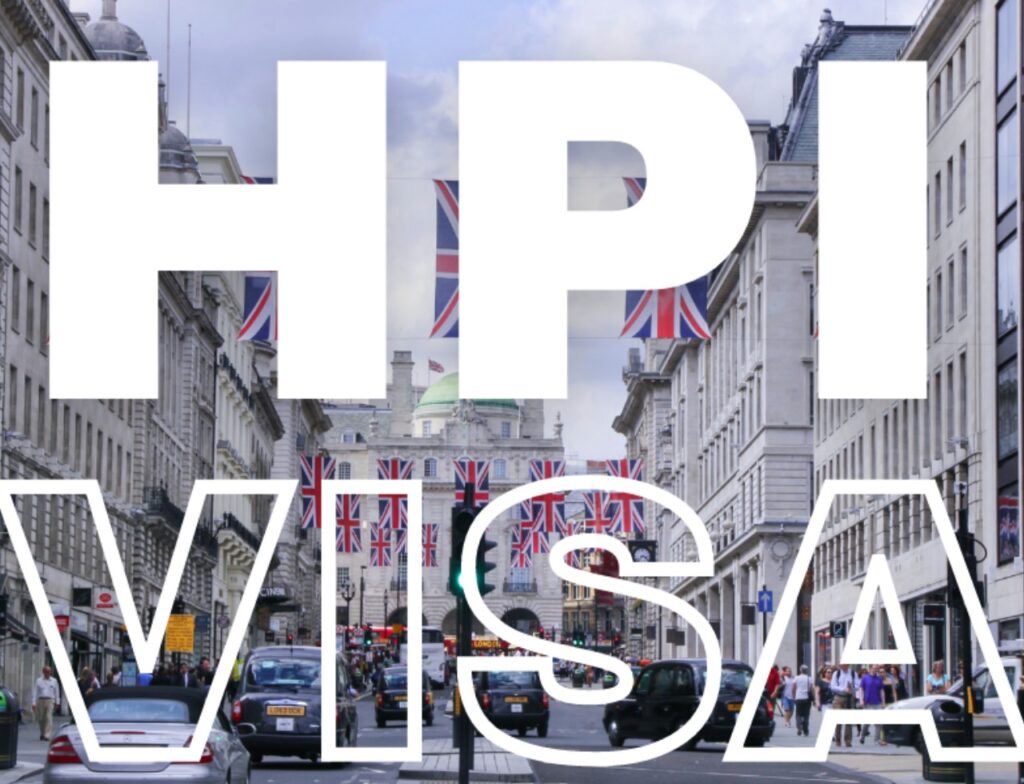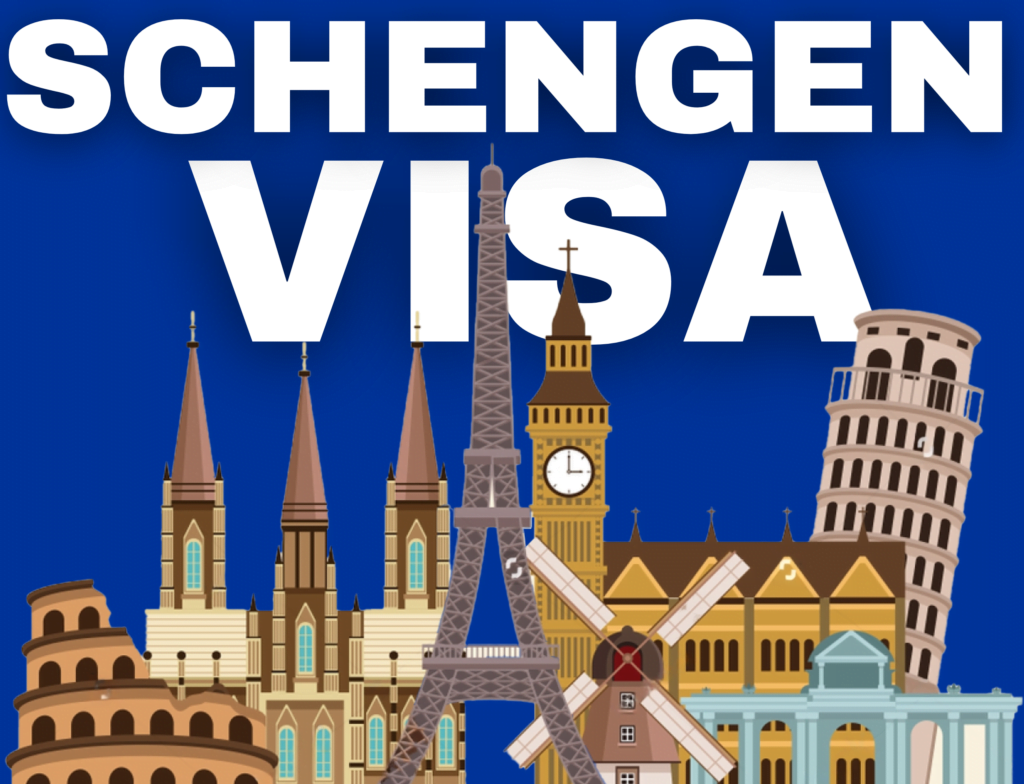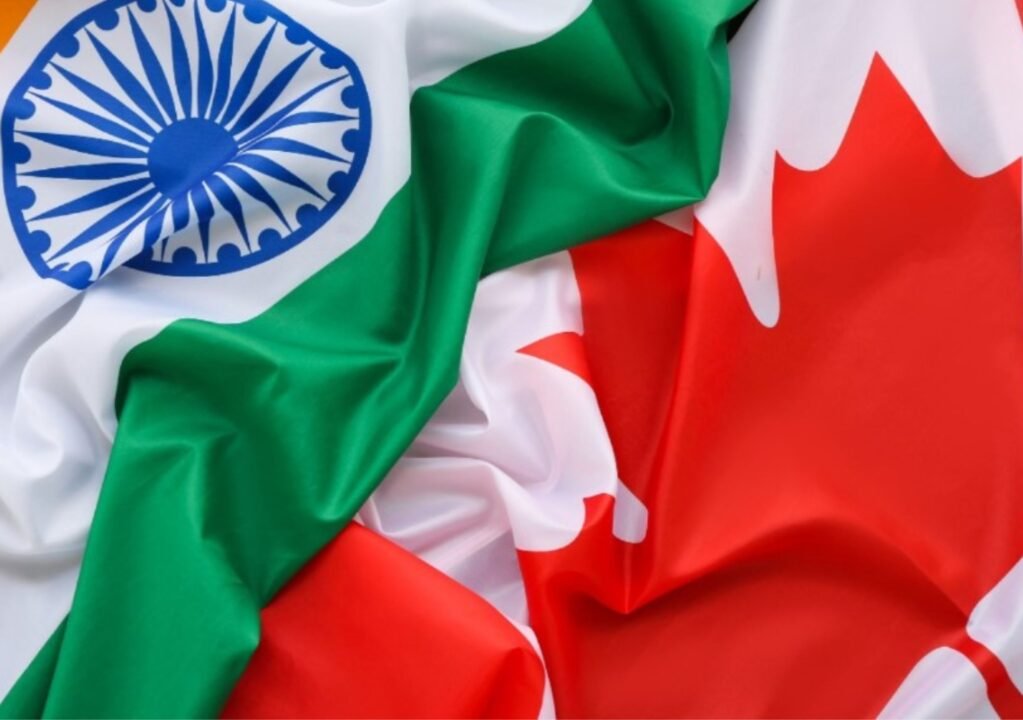International students have been, for long, a golden goose for universities and colleges in advanced economies and, by extension, the United States, serving to propel schools not just on paper but local economies as well. With the tables on immigration policy flipping on students as they have recently, the prized assets have little control over political agendas, making their experience fickle.
Throughout the world, countries that once opened their doors to foreign students are now increasingly closing them, making it tougher to meet the required criteria. This has made the going very tough for foreign students, as most governments tend to use an easier pattern to control the surging rates of immigration. The evidence of this is clearly seen in key destinations such as the UK, the Netherlands, Canada, and Australia.
UK: An Altered Political Terrain
Probably the most significant change in this respect in one of the biggest destination countries, the United Kingdom, has been the weakening of its commitment. The Labour Party, during its time in opposition, also supported a ban on international students bringing dependents to Britain—a move that has been the largest source of migration since 2019. While the sector has received more welcoming signs than it did under the previous Labour government, it continues to face policy scrutiny, which could shape the future of international students and migration.
For example, the Netherlands, which has been extremely open and receptive to developing foreign students, is facing a change in policy regarding the entry of foreign students into its universities. Indeed, a new far-right coalition is bringing in wide-ranging restrictions on entry by foreign students interested in joining the Netherlands’ universities, including fixing the number of admissions of non-Europeans and a reduction of programs in English. This is a case where one can see the real thrust of immigration policies upon education, with universities facing overcapacity and an acute shortage of accommodation for students.
Canada: Cracking Down on 'Puppy Mill' Colleges
Canada, home to the largest population of international students, is also clamping down. Its government has brought in new measures, including the complete freezing out of 35 percent, to shut down the lower-performing colleges it accuses of abusing the system. Student visas dropped, leaving prospective students and current workers in limbo.
Australia: Stricter Standards and Higher Costs
Australia, the next most significant player in the world market of international education, does not lag far behind in such crippling policies. It has suggested the imposition of enrolment caps in universities, stringent laws on the adequate use of the English language, and increased visa application fees. It is soon to become one of the most expensive study destinations in the world. Growing visa refusals and clampdowns on private college regulations have made the condition of foreign students there worse.
The global international education sector is worth some $200 billion, and among the top actors are the UK, Canada, and Australia. The effects of immigration policies on education do not stop at universities but spill over to local economies, which gain from students’ expenditure on accommodation, subsistence, and even taxes. At the same time, the political motivations to support international education are fast outweighing the economic arguments.
US: A Beneficiary of Global Crackdowns
As much as other countries seem to be tightening their immigration policies, the United States is increasingly looking to make gains. This has already increased by 11.5% in the enrollment of international students in the academic year 2022/23, and these now prefer to come study in the United States as opposed to the United Kingdom, Canada, and Australia. Ex-President Donald Trump thus proposed that, though strictly vetted—depending on the process, definitely—he offers green cards to non-citizen graduates of US colleges, and that made the US a place for international talent as well.
Conclusion
As countries debate immigration around the world, international students are potentially now falling within their crosshairs, making them political pawns. They have been perceived as assets for too long, contributing billions of pounds to the local economies of nations with liberal policies towards them. Today, their status both as students and as valuable contributors is looking pretty shaky, and the stakes are so high for both students and universities.





